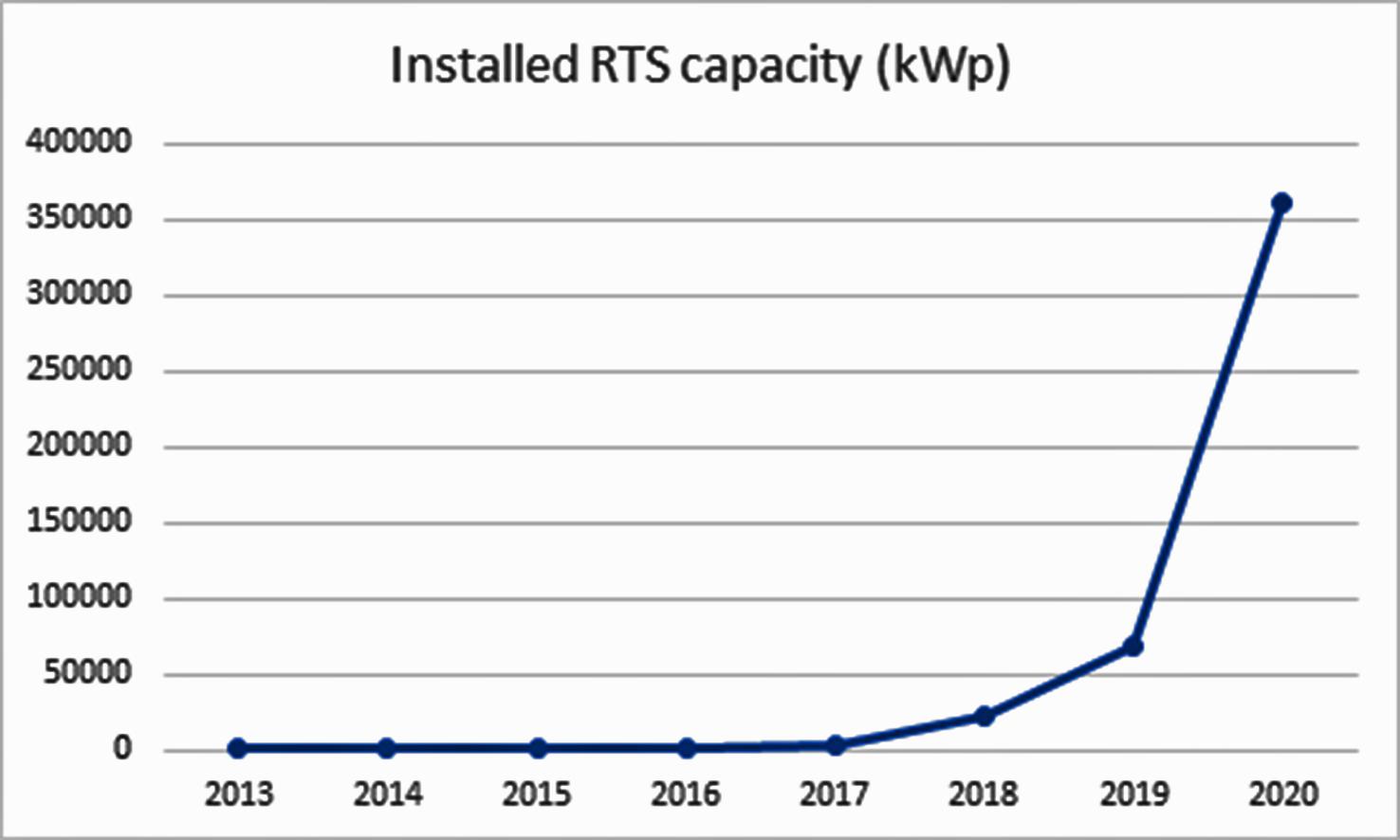Solar power adoption in Ho Chi Minh City
14:55, 20/06/2022
Ho Chi Minh City (HCMC) is one of the most developed urban centers in Vietnam, with a high population density and rapid economic development. Thus, electricity usage needs of consumer groups like households, commercial, and industrial entities, are always higher in HCMC compared to other Vietnamese cities.
Vietnam in general and HCMC in particular are located in a region with the highest distribution of solar radiation in the world for most of the year, where solar radiation is relatively intense. According to data from the Green Energy Program of HCMC, the city receives a large amount of radiation averaging at about 1,581 kWh/m2/year, highest in February at 6.3 kWh/m2/day and lower in July at 3.3 kWh/m2/day. Unlike in the North, the average monthly sunshine hours of the city range from 100-300, continuing uninterrupted throughout the year up to 300 hours in the dry season and about 150 hours in the rainy season. Therefore, HCMC has great potential for the development and applications of solar energy, especially rooftop solar (RTS) systems. According to the "Assessment of Technical Solar Rooftop PV Potential in Vietnam" published by the World Bank in 2017, the potential of RTS power in the city is estimated at 6,300MW.
Households can reap many benefits from the initial investment of VND 60 to 100 million for an RTS installment. The most obvious advantage is clean electricity without operating costs and negligible maintenance and reduced monthly electricity costs. Building roofs will also be cooler under the cover of photovoltaic panels. Additionally, RTS systems are also quite profitable investments: users can directly sell the surplus electricity generated from the system to the Ho Chi Minh City Power Corporation. This will provide households with a stable extra source of income.
Between 2013 and 2019, the annual installed capacity of grid-connected RTS systems increased rapidly from the initial 200kWp of local grid-connected RTSfor households in the off-grid Thanh An island commune in 2013 to more than 69MWp city-wide in 2019. In particular, between 2017 and 2020, the Government issued guidelines and policies to encourage the installation of RTS systems for domestic use and resell excess electricity to the grid (Decision 11/2017/QD-TTg dated 11 April 2017 and Decision 13/2020/QD-TTg dated 6 April 2020). Thus, the installed RTS capacity in the city has grown 5 times higher than in 2019 with a rush at the end of 2020:
|
Year
|
2013
|
2014
|
2015
|
2016
|
2017
|
2018
|
2019
|
2020
|
|
RTS installed capacity (kWp)
|
200
|
275
|
739
|
1.434
|
2.129
|
23.109
|
69.145
|
361.428
|
RTS growth chart between 2013 and 2020:

With the installed capacity already connected to the grid in 2020, the reverse generation output in 2021 was 298.85 million kWh, equivalent to VND 600 billion’s worth of sold electricity for households with RTS systems.
Since 1 January 2021, pending the new mechanism RTS development from the Government, the power sector has stopped receiving requests and signing contracts (PPAs) for grid connection and purchase of RTS power from systems developed after 31 December 2020. However, the purchase of power from contracted RTS systems will still be maintained for the 20-year duration of the PPAs.
PV
Share